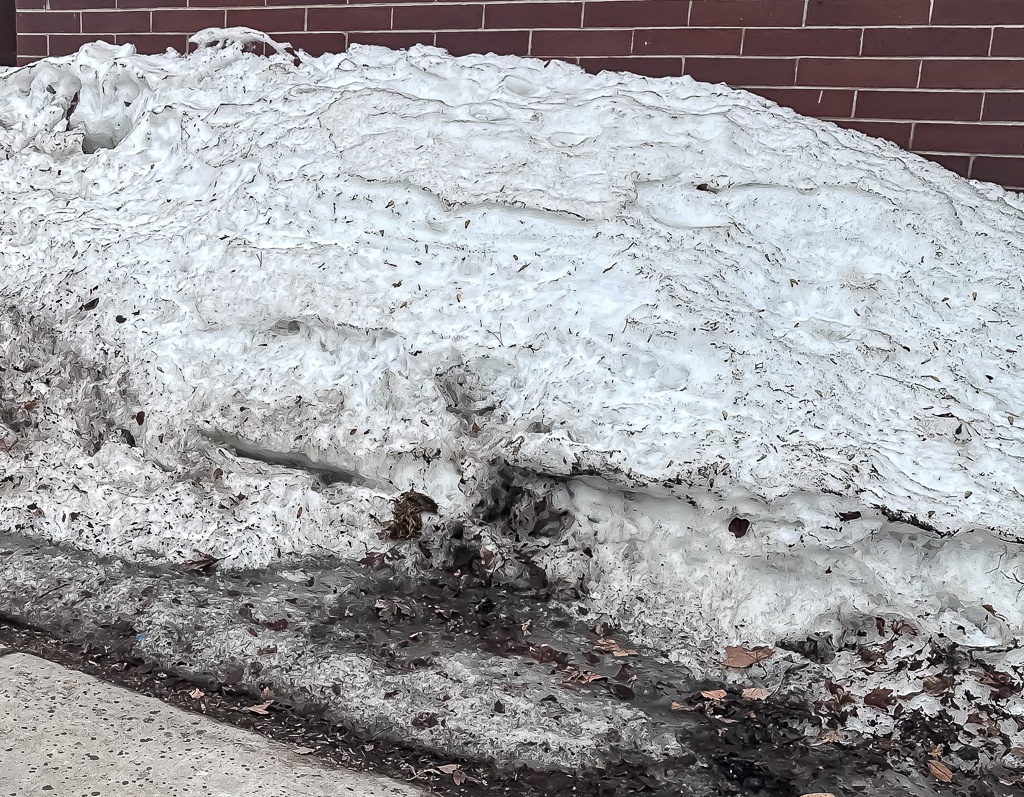Utah’s historic snowfall: beneficial or detrimental?
Utah received 30 inches of snow water equivalent this winter. Last year, Utah received 12 inches. The average is 15.8 inches. As of April 18, Governor Cox declared a state of emergency for the state of Utah due to flooding.
Michael Sanchez is the public information officer for the Utah Division of Water Resources.
“We received 30 inches of snow water equivalent,” Sanchez said. “Snow water equivalent is how much water would be in the snow if it was melted down.”
According to David Tarboton, director of the water research lab at Utah State University, there may be a positive side to the overflow of water.
“It’s going to take the Great Salt Lake out of its crisis,” Tarboton said. “It’s an environmental problem, and economic problem, and I think the lake’s going to go up about six feet.”
Tarboton said while the extra water is not going to solve all the problems, it will last for a few years and make more time to plan for the future.
Sanchez said one positive effect of the snowfall is getting more water into reservoirs, which have been lower than usual.
“Our reservoirs are about 10% lower than we would usually have them, so this is going to be a huge influx of water,” Sanchez said. “A lot of our reservoirs will actually fill, if not spill over.”
According to Sanchez, many water managers have been releasing water from reservoirs in anticipation of the access flow.
“It’s record-breaking,” Sanchez said. “It’s more than has ever been measured in Utah. It’s really surprising — we have never recorded a year like this.”
Tarboton said there are negative effects of the historic snowfall, such as the risk of extreme flooding.
“There’s already been flooding in the Salt Lake area,” Tarboton said. “It remains to be seen what flooding we’ll get in Cache Valley.”
Tarboton said the low-lying areas near rivers are at the most high risk for floods.
“It remains to be seen whether the river will come up enough to cause any infrastructure damage beyond what is sort of normal,” Tarboton said. “As long as the city pays attention to clear all of the debris out of the river, I wouldn’t expect serious flooding, but there could be.”
Tarboton attributed part of the reason for the heightened snowfall to climate change and part to chance.
“The hydrologic cycle is sort of expected to accelerate so you get more extremes,” Tarboton said. “You get wetter wet years, dryer dry years.”
According to Tarboton, the source of the water was also a factor in why there was so much of it.
“The ocean in the Pacific controls a lot of what we get, and just happened to set itself up this year with the beginning of going from a La Niña cycle to an El Niño cycle,” Tarboton said. “The atmospheric rivers were just hitting California and coming through us.”
Tarboton said one of the most beneficial things Utahns can do with the excess water is to let it go down to the Great Salt Lake.
“It’ll get the salinity back to its — close to what’s optimal — for the brine shrimp,” Tarboton said. “The dry salt lakebed that was exposed was a big source of dust for the Salt Lake valley, and that’s an ecology and health concern.”
Tarboton said it’s important for Utahns to learn hydrology and the water cycles.
“Recognizing that we live in a dry state means we always have to be careful about not using too much,” Tarboton said. “If we want to continue to have growth in Utah, which a lot of people seem to want, then we’re going to have to live with the water we’ve got.”
Sanchez said too many warm days in a row without cold ones in between could lead to more flooding.
“A good website to check is slowtheflow.org,” Sanchez said. “You can also check out rebates for water-saving devices, both outdoor and also indoor.”
Slowtheflow.org provides everyday water-saving tips and simple ways to conserve, such as adding mulch to a yard to collect water before it evaporates, and adjusting lawn mowers to let the grass grow a bit longer.
“The past couple of years, Utahns have done a really good job at conserving,” Sanchez said. “We did a sample survey from water managers, and just last year, it was about 9 billion gallons that were saved, so it’s a pretty big deal.”

